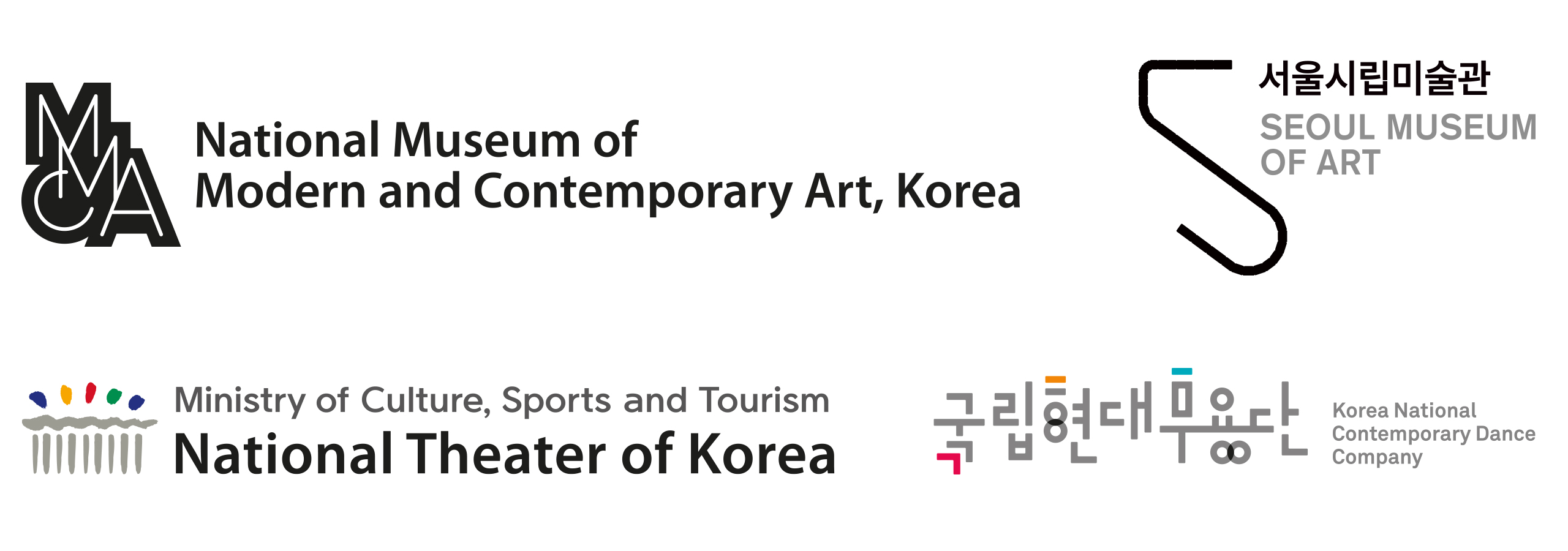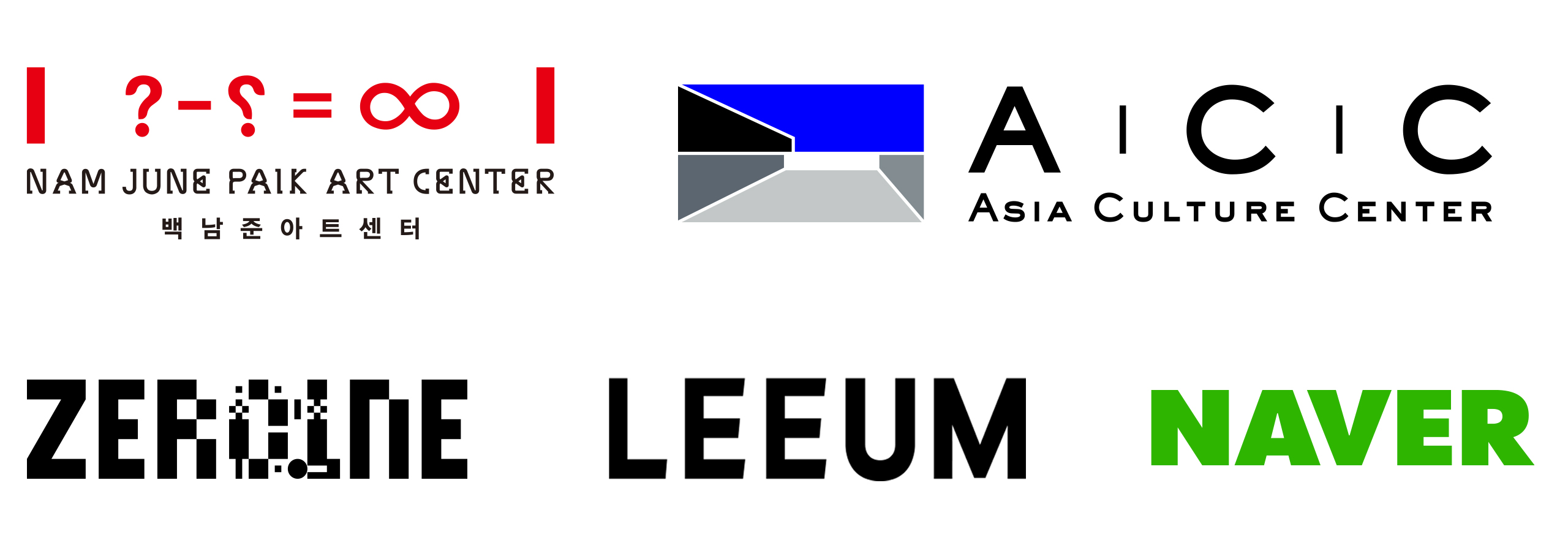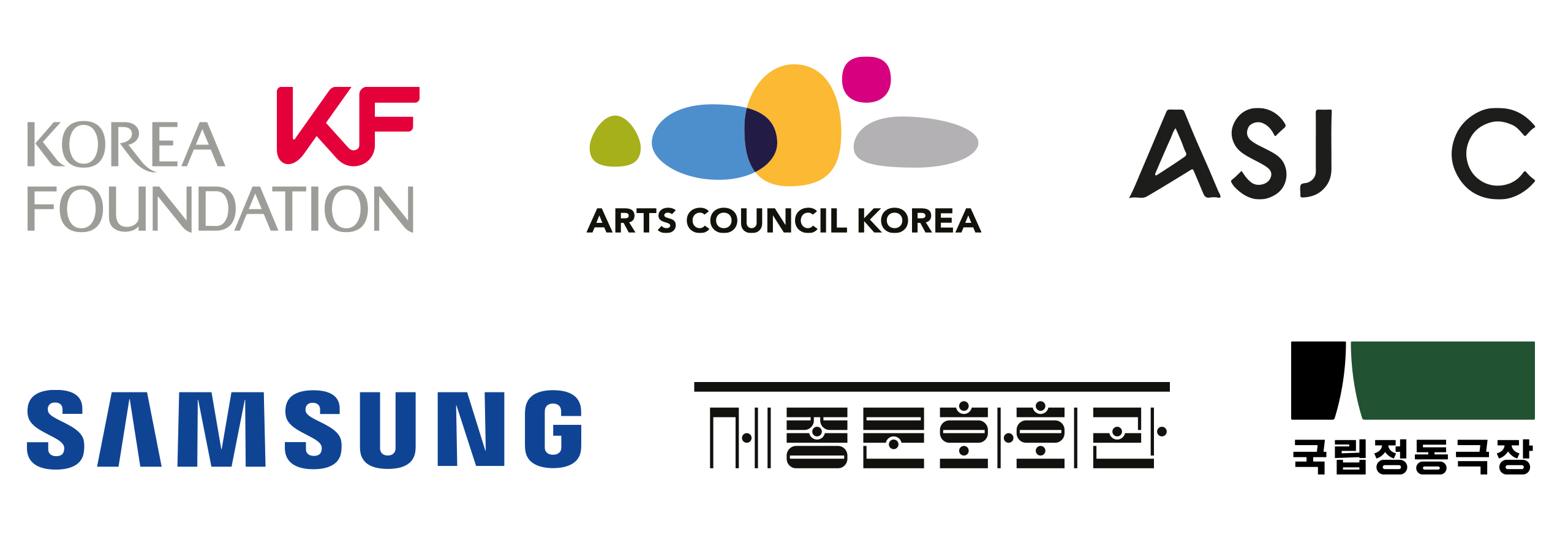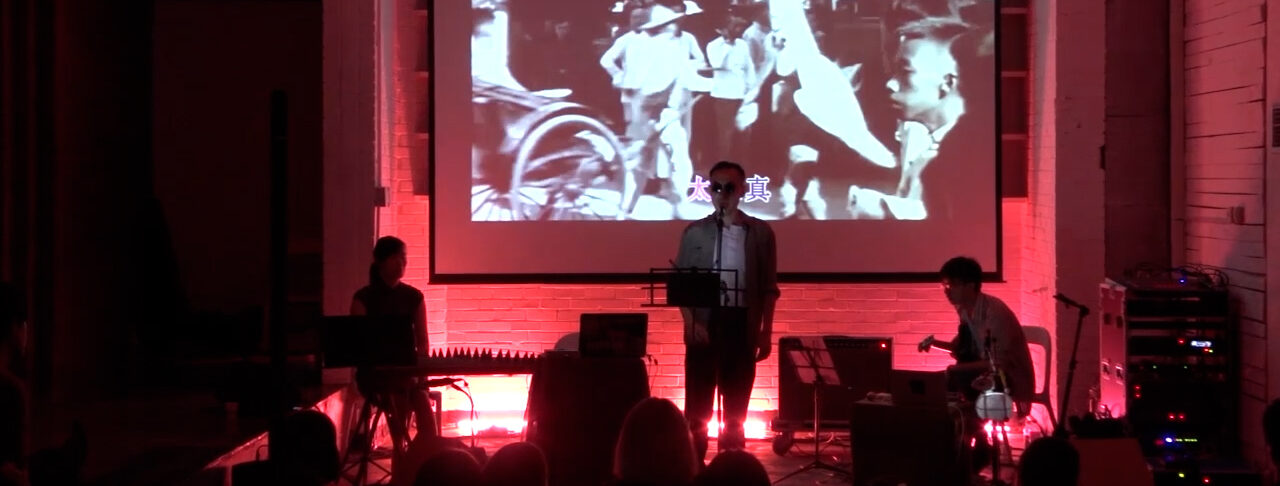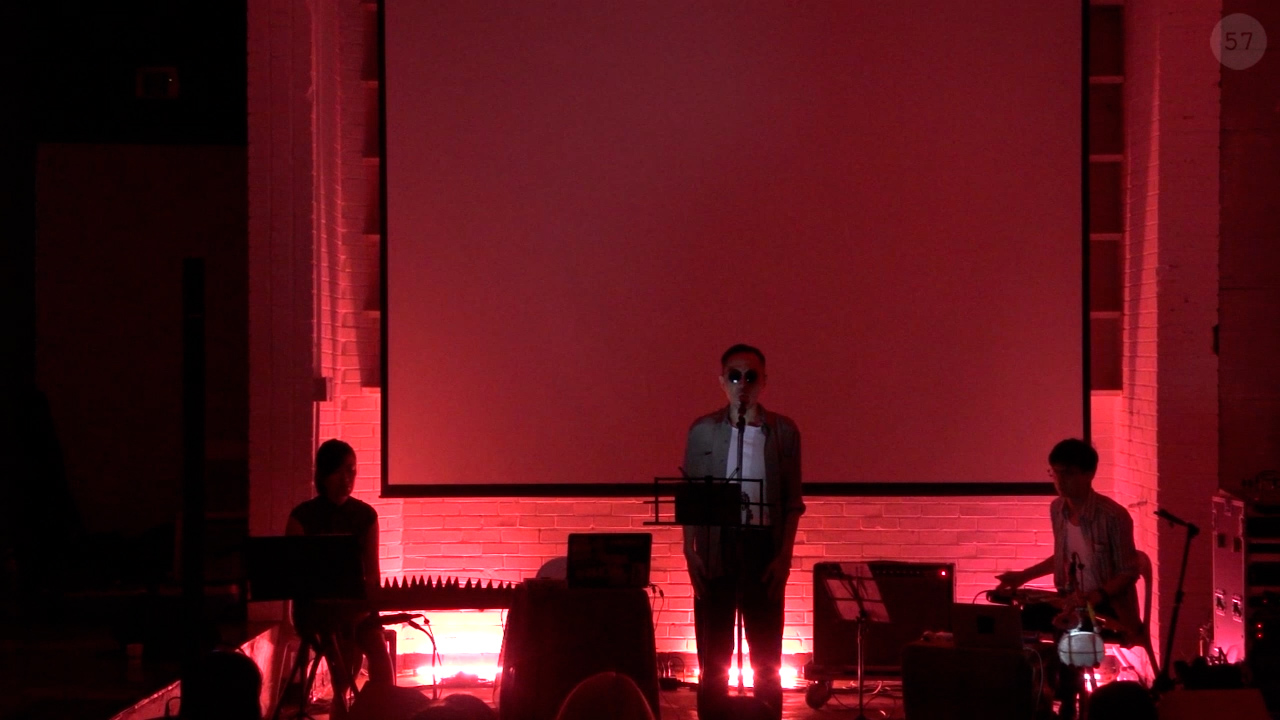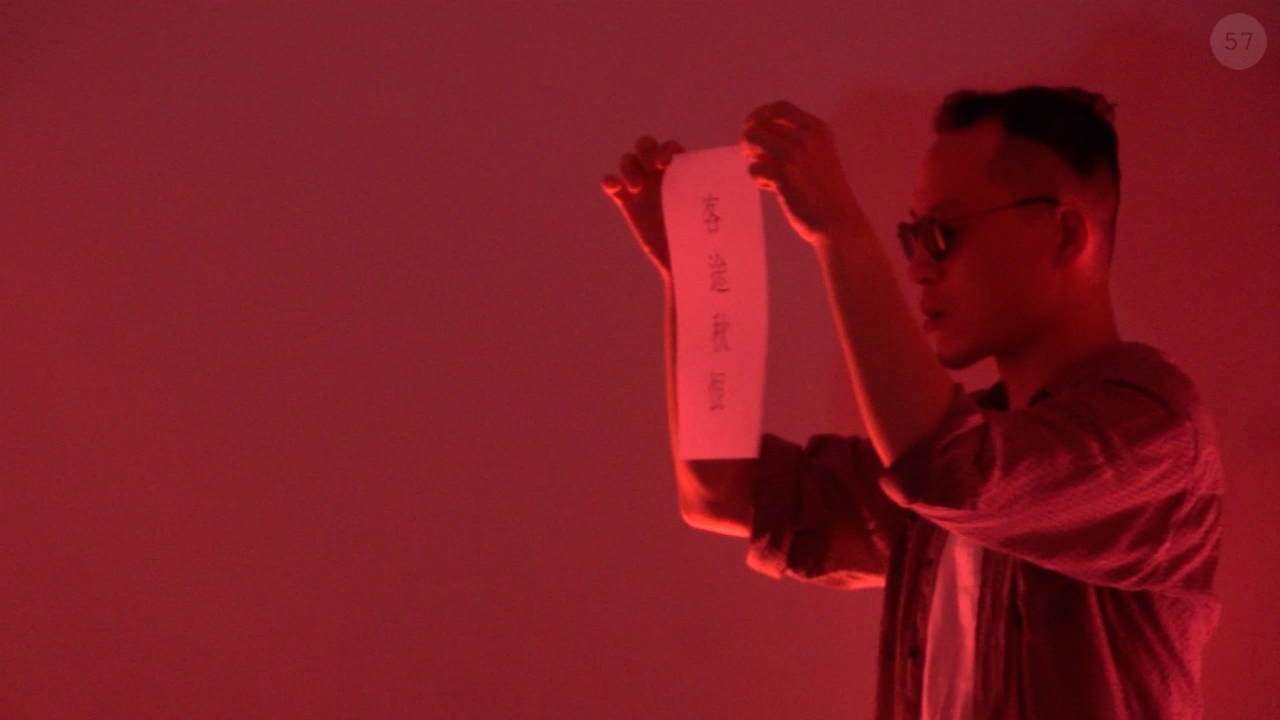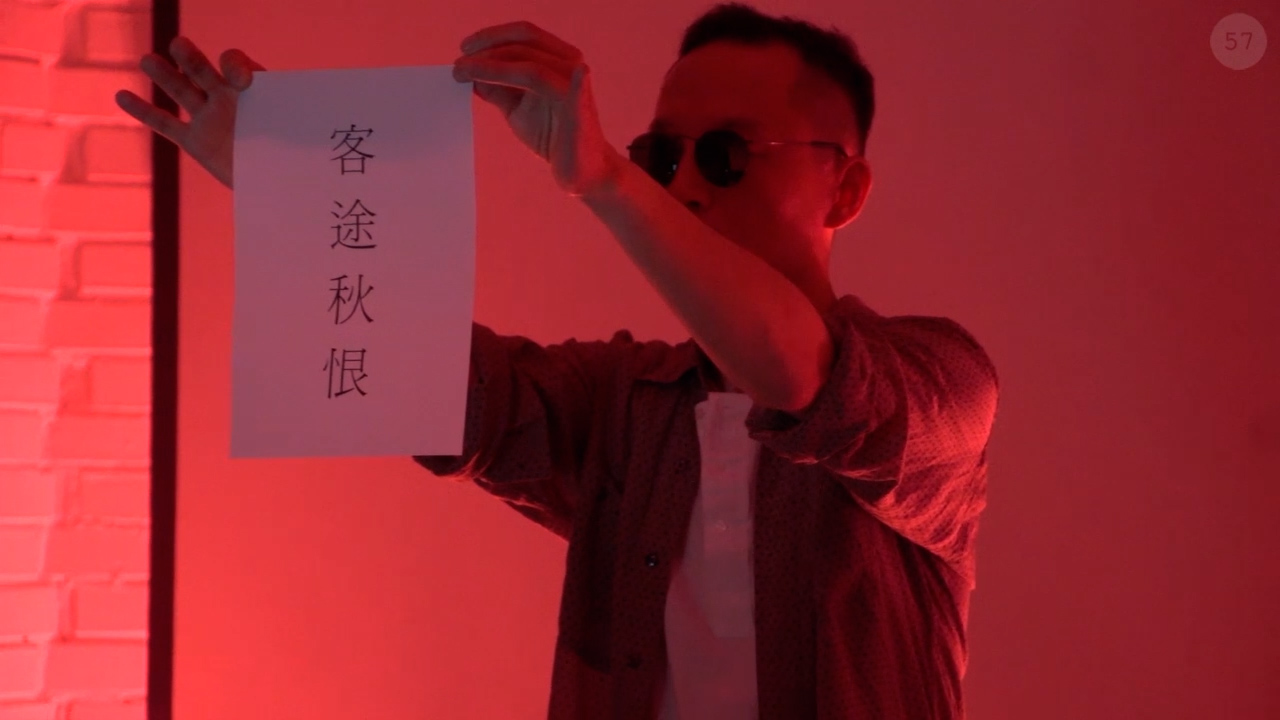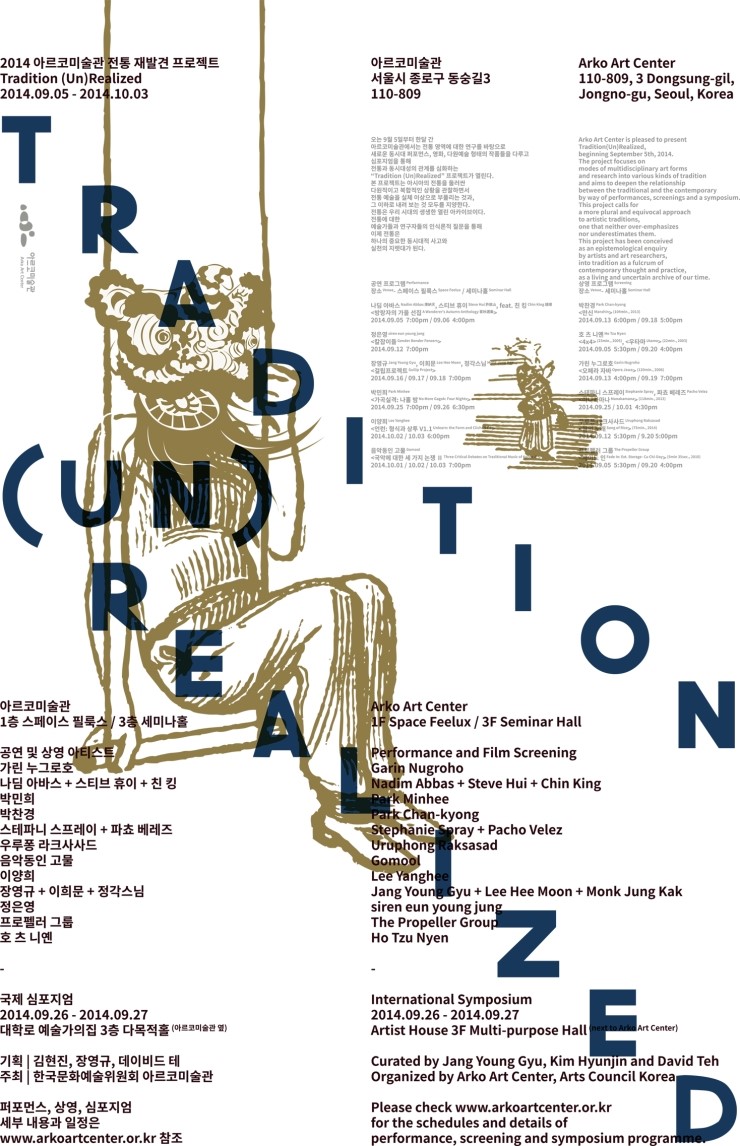Hong Kong–based visual artist Nadim Abbas and composer-performer Steve Hui present a new collaborative work, A Wanderer’s Autumn Anthology, rooted in the musical tradition of Naamyam (南音) from China’s Guangdong region. Translating to “Southern Pitch,” Naamyam is a form of traditional Cantonese storytelling-through-song that dates back to the Song dynasty. In the early 20th century, it thrived as a form of popular entertainment across Guangdong, Hong Kong, and Macau—often performed by blind singers in brothels, opium dens, or private residences disguised as teahouses and restaurants.
Naamyam songs are typically accompanied by instruments such as the guzheng, erhu, and yangqin, and their lyrics poetically recount tales of heartbreak, well-known myths, literary stories, or historical episodes. What sets Naamyam apart is its improvisational flexibility—allowing singers to weave contemporary events, regional concerns, or personal reflections into their performances. This open structure has historically made the genre a dynamic conduit of both emotional expression and social commentary.
Drawing on these characteristics, Abbas and Hui collaborate with Chin King, a guzheng player, combining traditional instrumentation with found images and texts collected from across the urban landscape of Hong Kong. Their work celebrates Naamyam’s adaptable form, reimagining it as a song for present-day Hong Kong—one that welcomes contemporary reinterpretation while echoing the genre’s communicative spirit.
At the heart of this project is a reinterpretation of a well-known Naamyam piece, A Wanderer’s Autumn Anthology. The process of reworking this song becomes a kind of translation across temporalities, reviving Naamyam not only as a historical form but as an everyday song that resonates with the rhythms, uncertainties, and poetics of life in today’s Hong Kong.


